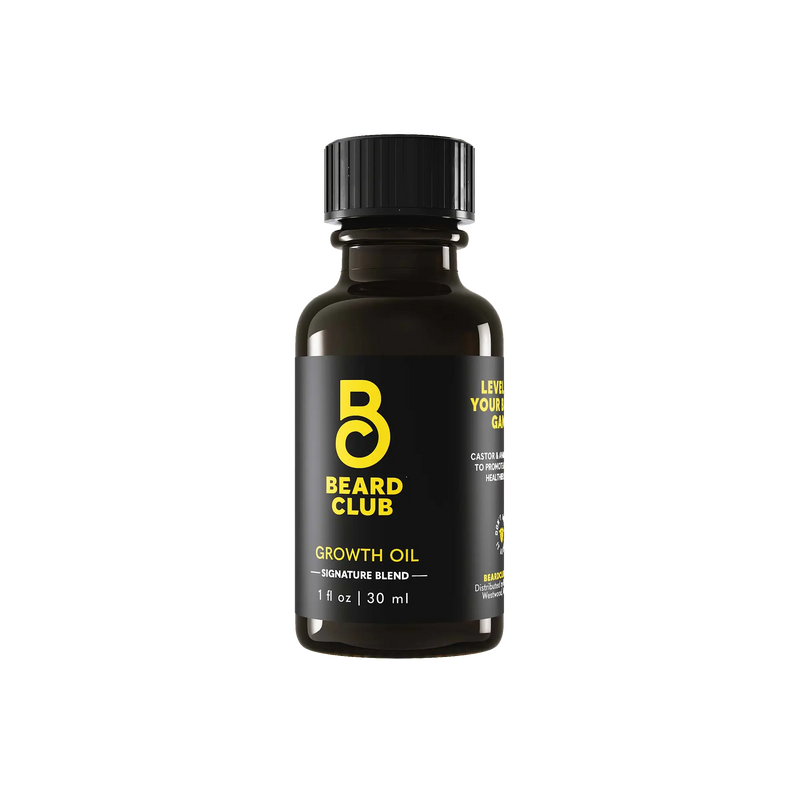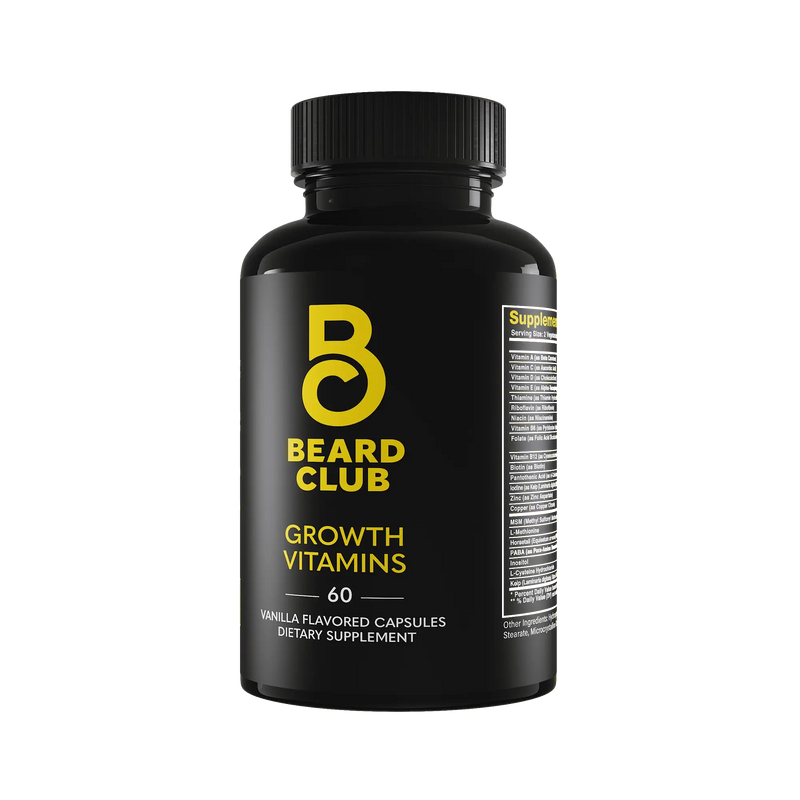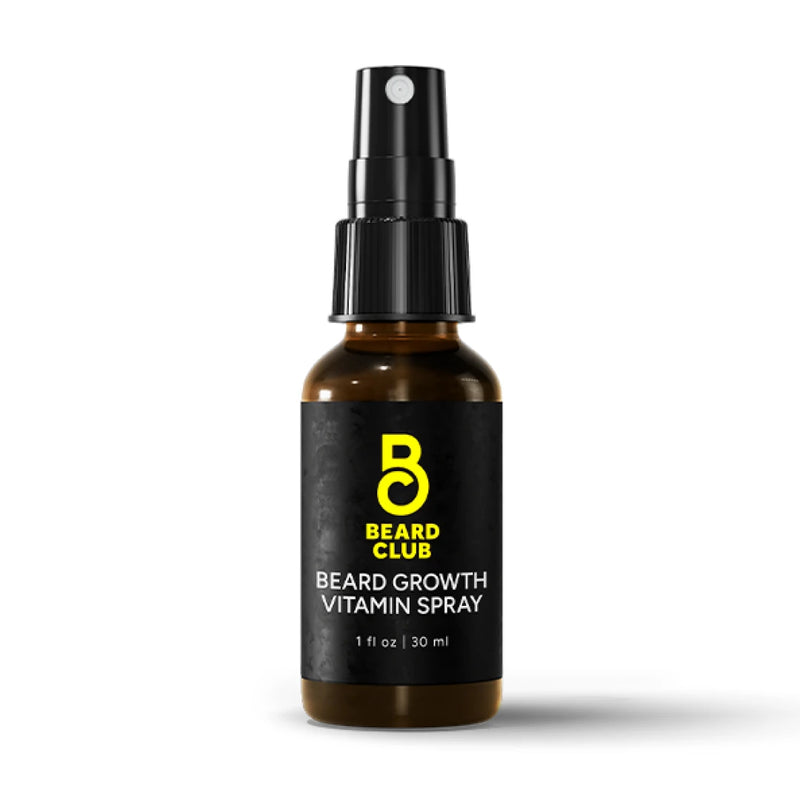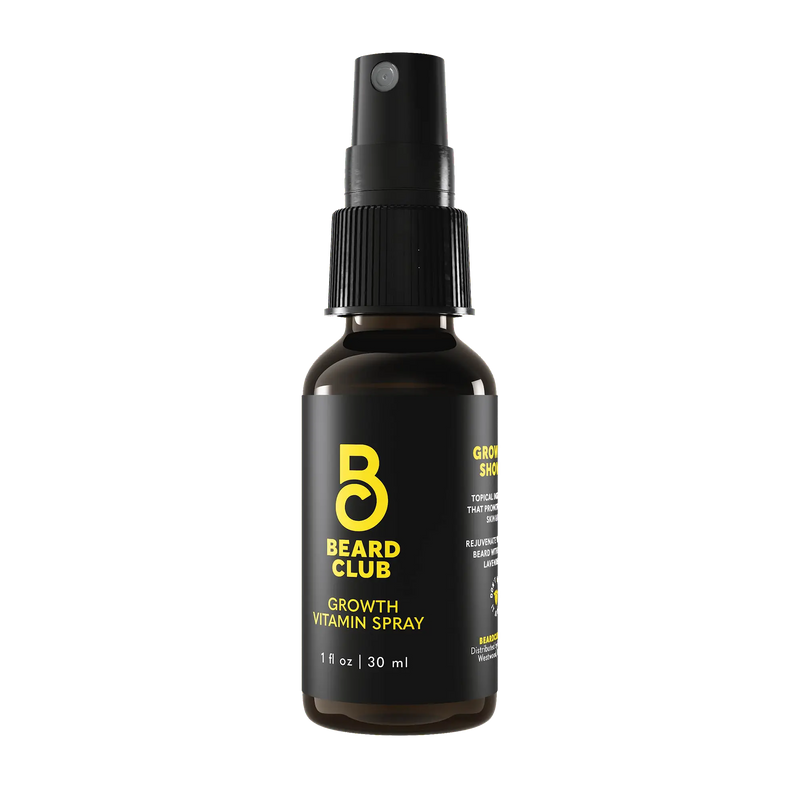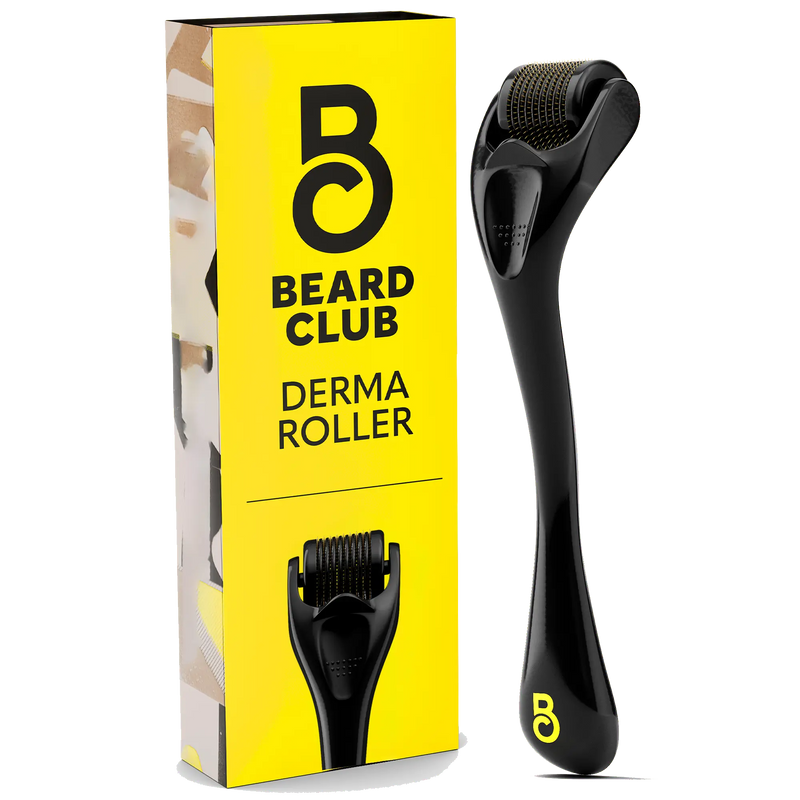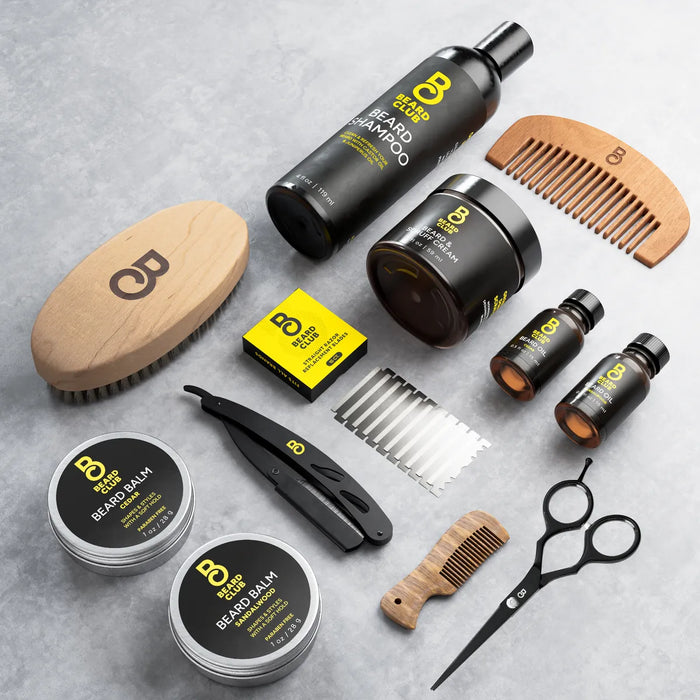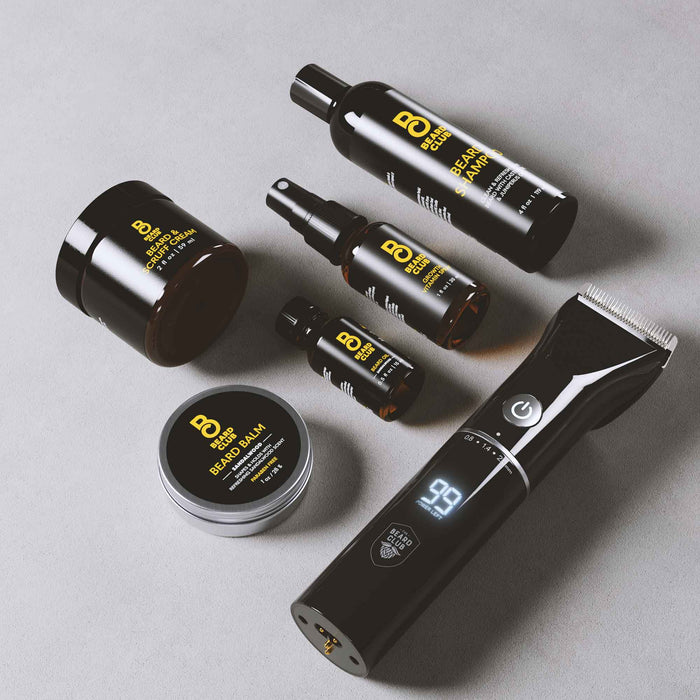How To Treat Armpit Burn From Deodorant in 10 Steps
Armpit burns from deodorant can be a real pain — literally.
A deodorant reaction often means redness, blisters, itching, dry skin, and extreme discomfort, making it hard to focus on anything else. We’re here to help you get the relief you’re looking for. Here’s a step-by-step guide on how to treat armpit burn from deodorant and get your pits back to their old selves.
What Are the Most Common Causes of Armpit Burn From Deodorant?
Let’s take a look at the most common causes of armpit rash so you can avoid the burn and keep your pits feeling great.
Side Effects From Harsh Chemicals
One of the biggest culprits behind armpit burn is the harsh chemicals found in many deodorants. Ingredients like aluminum compounds, which help block sweat, can irritate your skin.
These chemicals can mess with your sweat glands and skin’s natural balance, leading to that dreaded burn. Look for products with fewer harsh chemicals, or switch to a natural deodorant that’s easier on your skin.
Fragrances and Perfumes Can Cause Deodorant Rash, Too
We all love smelling good, but synthetic fragrances in deodorants can cause serious irritation, especially if you’ve got sensitive skin. These fragrances are made up of a cocktail of chemicals, and any one of them can trigger a reaction.
When these chemicals mix with your sweat and skin, it can lead to redness, itching, and burning that keeps you up at night. Go for fragrance-free or naturally scented products to give your pits a break.
Alcohol and Skin Irritation
Alcohol is another common ingredient in deodorants, used for its quick-drying and bacteria-killing properties — but it’s also a major irritant. When alcohol hits freshly shaved or broken skin, it can cause a sharp sting and dry you out, leading to irritation and burns. Try to find alcohol-free deodorants that are gentler on your skin.
pH Imbalance Can Cause an Itchy Rash
Your skin has a natural pH level that keeps it healthy and protected. Some deodorants can throw off this balance, making your skin more prone to irritation.
Products that are too acidic or too alkaline can weaken your skin’s defenses, leading to burns. Look for deodorants that are pH-balanced to keep your skin happy.
Allergic Reactions to Deodorant Ingredients
Allergic reactions to ingredients in deodorants are more common than you might think. Allergens like synthetic fragrances, preservatives, and other chemical additives can cause your skin to freak out.
Symptoms can range from mild redness and itching to severe burning and swelling. If you think you’re having an allergic reaction, treat it with antihistamines and switch to hypoallergenic products free from common irritants.
Even Over-Application Can Cause Underarm Rash
Believe it or not, using too much deodorant can also cause problems. Slathering on a thick layer can clog your pores and trap moisture, creating a breeding ground for bacteria. This can lead to irritation and inflammation.
Use deodorant sparingly — just a thin, even layer is usually enough to do the job without causing irritation.
Shaving and Deodorant Use
Shaving your pits can make your skin more sensitive, especially if you already have a skin condition like eczema or psoriasis. Those tiny nicks and cuts from shaving can become irritated when you apply deodorant, and itching or flaking caused by other problems make matters worse.
Shaving also removes the top layer of skin cells, making the area more prone to burning. Try waiting a bit after shaving before applying deodorant, or use products specifically designed for post-shave application.
Irritant Contact Dermatitis and Other Reactions
Some guys just have more sensitive skin that reacts badly to common active ingredients. If you have a history of dry or sensitive skin, you might be more prone to armpit burn. Stick with products designed for sensitive skin, which are free from irritants and dermatologist-approved.
Bacterial Imbalance
Your skin is home to a bunch of bacteria, and disrupting this balance can lead to irritation. Deodorants and antiperspirants can alter your skin’s microbiome, causing certain bacteria to overgrow and irritate your skin — also known as a yeast infection.
Maintaining a healthy skin microbiome is the key to avoiding fungal and bacterial overgrowth.
Environmental Factors
Don’t forget about the impact of your environment, too. Hot and humid conditions can make you sweat more, increasing the likelihood of heat rash or irritation from deodorant ingredients. Wear breathable clothing and stay cool to help reduce these effects.
How To Relieve Armpit Burn From Deodorant
Here are our steps to get rid of itching, burning, and redness caused by deodorant. If you don’t get the results you’re looking for, make sure to seek medical advice from a dermatology expert just to make sure everything’s okay.
Step 1: Identify the Cause and Type of Rash
First things first, you need to identify the cause of the burn and the form of rash that you’re dealing with. Take a close look at the ingredient list on your deodorant. If you see ingredients like aluminum, parabens, or synthetic fragrances, these could be the culprits.
Sometimes, switching brands or opting for a natural deodorant can help. Knowing what caused the irritation is crucial for preventing it in the future.
Step 2: Stop Using the Irritating Deodorant
Once you’ve identified the potential cause, stop using the offending deodorant right away. Continuing to use a product that’s causing irritation will most likely make the burn worse. Give your skin a break and let it heal.
In the meantime, avoid using any other products that contain similar ingredients. Switching to a gentler, hypoallergenic deodorant can help you avoid more skin reactions.
Step 3: Cleanse the Area Gently
The next step is to gently cleanse the affected area. Use a mild, fragrance-free soap and lukewarm water to wash your underarms. Avoid skin rubbing, as this can cause further chafing of the skin. Pat the area dry with a soft towel instead of scrubbing.
Keeping the area clean will help prevent potential infections and allow your skin to heal faster. Regular, gentle cleansing is key to soothing the burn and promoting recovery.
Step 4: Apply a Cold Compress
A cold compress can give you some immediate relief from the burning sensation and reduce inflammation. Take a clean cloth, soak it in cold water, and wring out the excess. Apply the cloth to your underarms for about 10-15 minutes.
You can do this several times a day as needed. The cold temperature helps numb the area and reduce swelling. It’s a simple but very effective way to alleviate discomfort and calm irritated skin.
Step 5: Use Aloe Vera
Aloe vera is a home remedy famous for its soothing and healing properties, so grab some whenever you have a mild burn of any kind. Put a thin layer of pure aloe vera gel on the affected area. If you have an aloe vera plant, you can cut a leaf and use the fresh gel inside.
Aloe vera helps to cool the skin, reduce inflammation, and promote healing. It’s gentle and natural, making it a great option for sensitive skin. Reapply as needed to keep the area moisturized and soothed.
Step 6: Moisturize With Coconut Oil
Coconut oil is a fantastic skincare ingredient for soothing irritated skin. It has anti-inflammatory and antimicrobial properties, making it perfect for treating deodorant burn. Gently massage a small amount of virgin coconut oil into your underarms.
The oil can help to moisturize your skin and create a barrier against even more irritation. Plus, it smells awesome and is completely natural. Use it regularly to keep your skin soft and supple while it heals.
Step 7: Avoid Tight Clothing
While you’re healing, it’s important to avoid wearing tight clothing that can rub against your underarms and rev up the irritation. Opt for loose, breathable fabrics like cotton. Tight clothing can trap sweat and bacteria, leading to more pain and worse body odor.
By wearing loose clothing, you allow your skin to breathe and heal more effectively. This simple change can make a big difference in your recovery process.
Step 8: Try an Oatmeal Bath
Oatmeal baths are known for their soothing properties, especially for irritated skin. Add a cup of colloidal oatmeal to a lukewarm bath and soak for 15-20 minutes. The oatmeal will help to calm your skin, reduce itching, and promote healing. It’s a gentle and natural way to treat armpit burn. Make sure the water isn’t too hot, as hot water can aggravate the irritation.
After the bath, gently pat your skin dry and apply a moisturizing lotion.
Step 9: Use Over-the-Counter Hydrocortisone Cream
If the burn is severe, an over-the-counter hydrocortisone cream can help reduce inflammation and itching. In addition, your healthcare provider might recommend an antifungal treatment if you have a yeast infection or candidiasis.
Step 10: Find a New Deodorant
You’ll need a deodorant to replace the one that you just ditched. We recommend a gentle, aluminum-free option made with natural ingredients and no parabens.
Take Care of Your Pits
Dealing with armpit burn from deodorant can be frustrating, but with these steps, you can soothe your skin and get back to feeling comfortable. Remember to identify the cause, stop using the irritating product, and follow through with gentle care and appropriate remedies. Your skin will thank you for it.
Join the club! The Beard Club’s killer lineup of men’s grooming products has everything from your hair to your beard.
Sources:
What Are Parabens, and Why Don’t They Belong in Cosmetics? | Environmental Working Group

